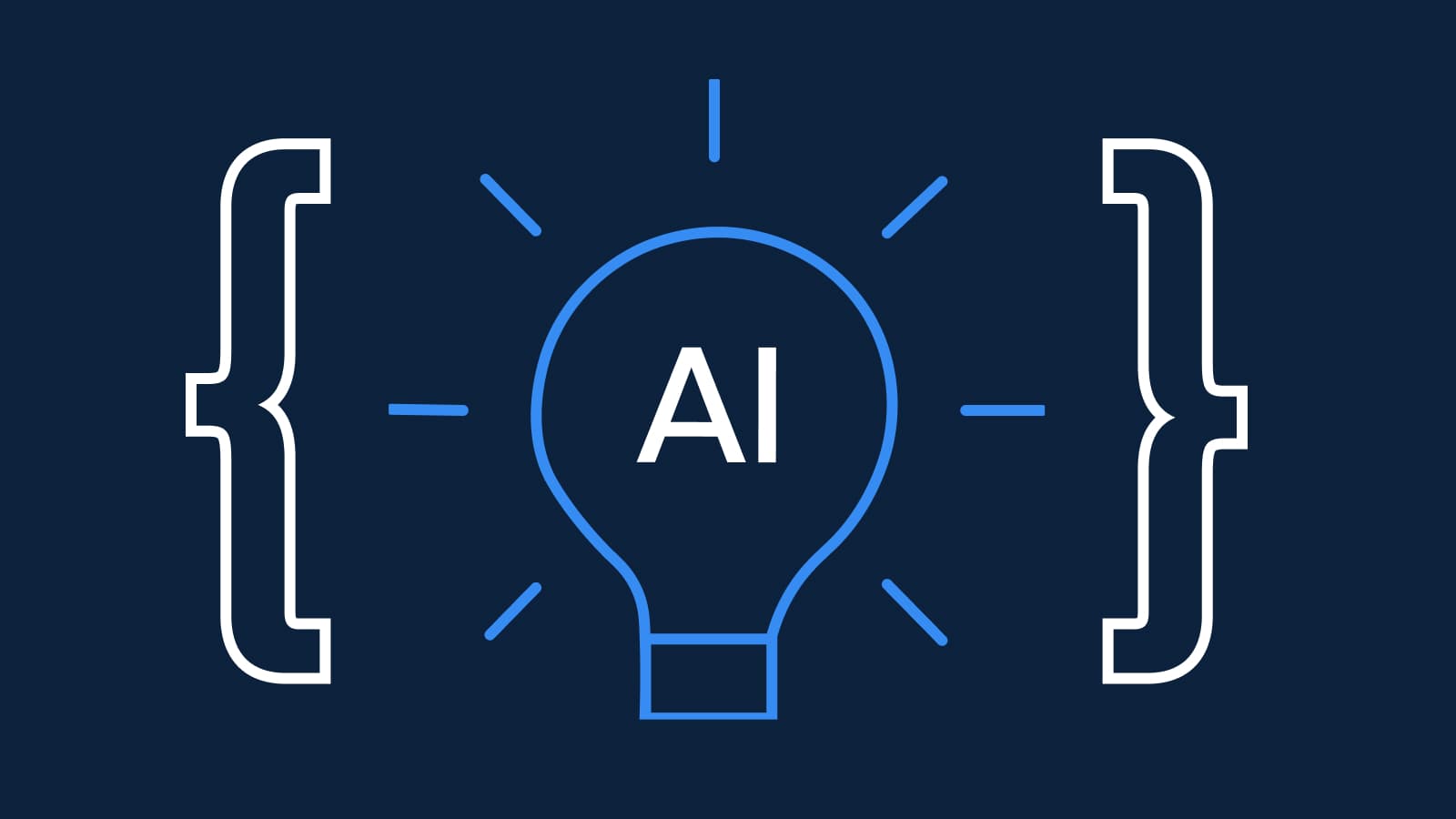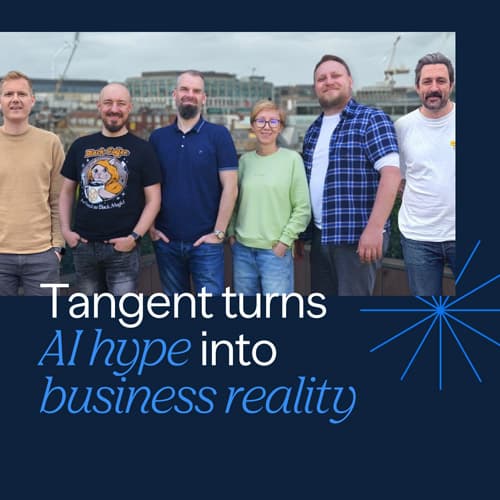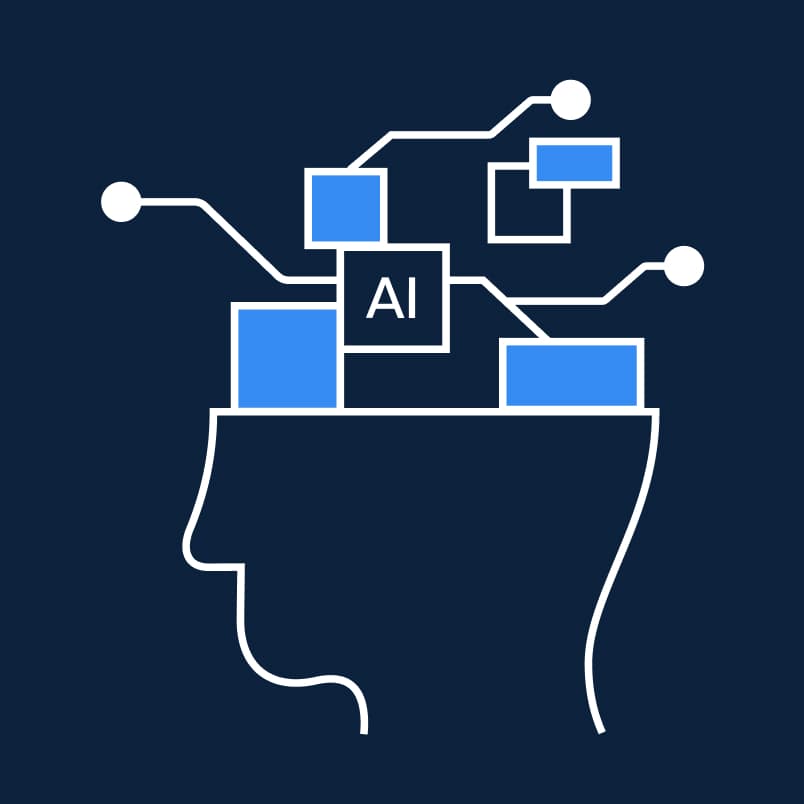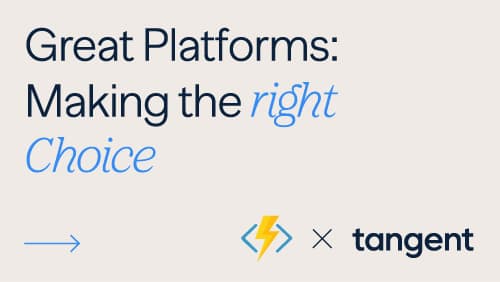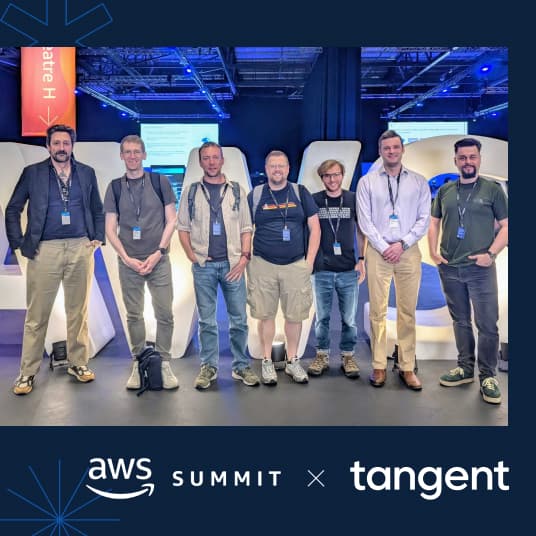
AWS Summit brought together thousands of cloud professionals, engineers, technicians and enthusiasts. AWS 2025 is one of the marquee events in the global cloud computing calendar. Set against a backdrop of high-energy innovation, with everything from interactive booths to literal rock-climbing walls, the event offered a window into where cloud computing is headed and how we can get there smarter, faster, and more cost-effectively.
From the moment we arrived, it was clear: this wasn’t just another tech expo. It was a celebration of scale. Amazon S3, for instance, now stores over 400 trillion objects. That's not just a stat, it’s a signal of how deeply embedded cloud storage has become in the digital infrastructure that powers our daily lives.
While AI featured heavily across the venue (and we’ll admit, we actively ducked a few over-hyped demos), the Summit had something more meaningful to offer: practical strategies to tackle everyday engineering challenges, especially around efficiency and scalability.
Auto-Scaling (the smart way)
One standout session covered cost-effective auto-scaling using Karpenter, KEDA, and CRaC – for those not in the know, these are technologies that are redefining how we manage compute resources in dynamic cloud environments.
Here’s what we took away:
- Prioritised workloads: The idea of dynamically adjusting workloads based on priority isn’t new, but the implementation is becoming much more refined. In the talk, engineers demonstrated how low-priority pods could be paused or removed to make space for critical processes, preventing over-provisioning while maintaining responsiveness.
- Start-Up speed with CRaC: One clever tactic involved using CRaC (Coordinated Restore at Checkpoint) to “freeze-dry” a pre-warmed Java application, allowing it to spin up almost instantly when needed. This solves the all-too-familiar latency issue in container orchestration, getting closer to true ‘serverless’ speed while staying in Kubernetes land.
- Adaptive EC2 shaping: The talks also highlighted strategies for EC2 optimisation, scaling not just up or down, but smarter. By reshaping instance types on the fly and consolidating small workloads into larger machines or splitting large ones as needed, they were able to trim unused capacity and drive down costs without performance hits.
Top Tip: Consider using Karpenter in place of the more common Cluster Autoscaler. It offers real-time provisioning and cost-aware scaling that reacts faster to real-world traffic changes.
Booth Insights: tools worth exploring
Outside the talks, the exhibit floor gave us a look at some interesting companies making waves in cloud tooling.
Avian
A multi-cloud database solution that doesn’t force you to BYOC (Bring Your Own Cloud), Avian offers plug-and-play managed database hosting across AWS, GCP, Azure, Oracle Cloud, and Digital Ocean with support for European providers on the horizon. Their open-source ethos, combined with built-in automated backups and flexible deployment options, makes them a compelling option for teams that value data portability and compliance in an increasingly fragmented regulatory landscape.
Top Tip: If you're planning for data sovereignty across regions, Avian might be a flexible alternative to the lock-in typical of proprietary cloud databases.
Grafana
Grafana’s latest AI feature caught our eye. Known for its powerful observability dashboards, the platform now lets users generate dashboards with a natural language prompt. Simply put: you tell it what you want to monitor, and it builds a starting dashboard for you.
Given that creating a dashboard from scratch typically involves pulling in dozens of data sources and tweaking visualisations, this feature could save serious dev time.
Top Tip: Even if you’re not fully onboard the AI hype train, give Grafana’s AI assistant a try - it can handle the boilerplate work so your engineers can focus on fine-tuning what matters.
Our top learnings…
So what did we really learn at AWS Summit 2025?
- Efficiency is the new scalability. It's no longer about throwing more instances at the problem. It’s about using smarter orchestration to reduce waste, prioritise resources, and move faster.
- Tooling is maturing extremely fast. From CRaC for cold-start fixes to AI-assisted dashboards, the ecosystem is offering more practical, plug-in-ready solutions that can help teams ship faster and run leaner.
- Multi-cloud is becoming mainstream. Companies like Avian are making it easier to build resilient, compliant systems without getting boxed in by a single provider.
Final thoughts
The AWS Summit reaffirmed something we’ve long believed at Tangent: cloud infrastructure isn’t just about scale, it’s about control. The more precisely we can manage our compute, data, and observability, the more confidently we can build. Simple!
Whether you're exploring new autoscaling techniques, looking to optimise cloud spend, or experimenting with smarter tooling, the takeaways from this year’s summit offer a roadmap to better cloud-native development, and if your roadmap is not updated to reflect the change and growth in technology, including AI, you may need to rethink your strategy. Curious to hear more about what we’re building with these insights? Get in touch, we’re always happy to share.

